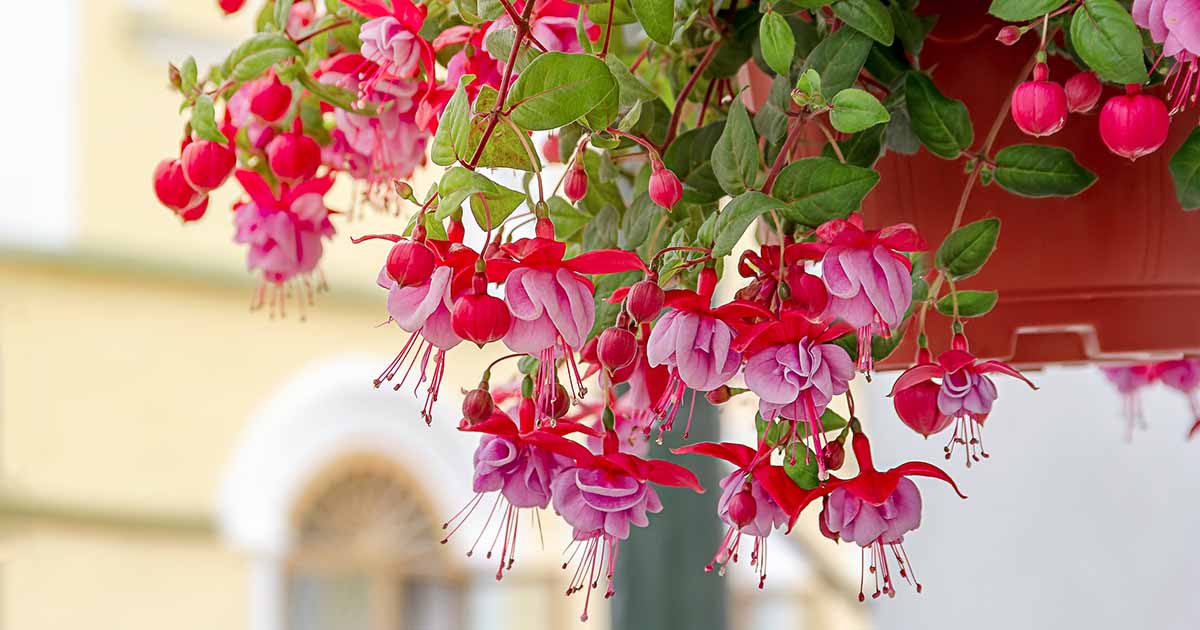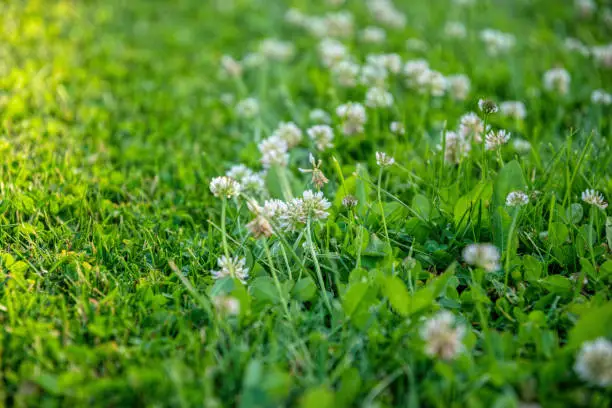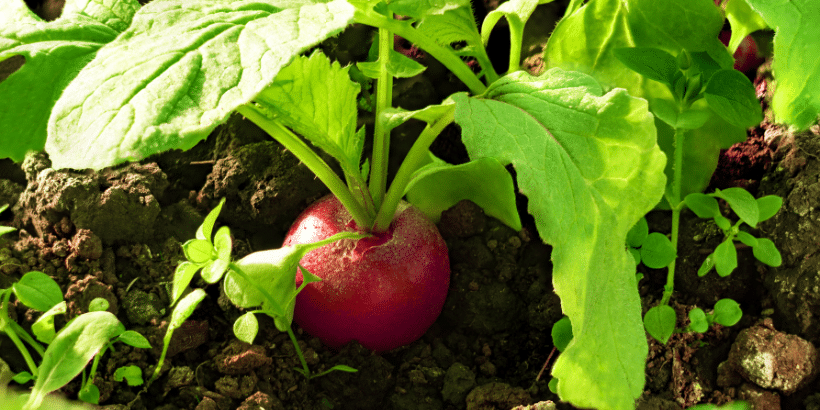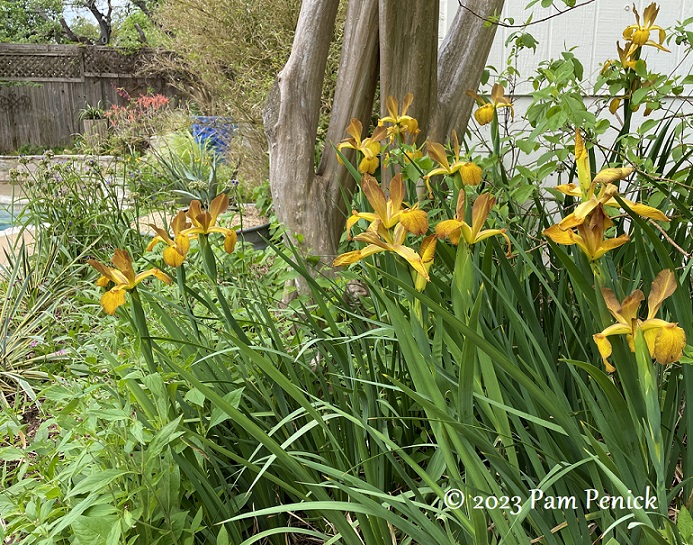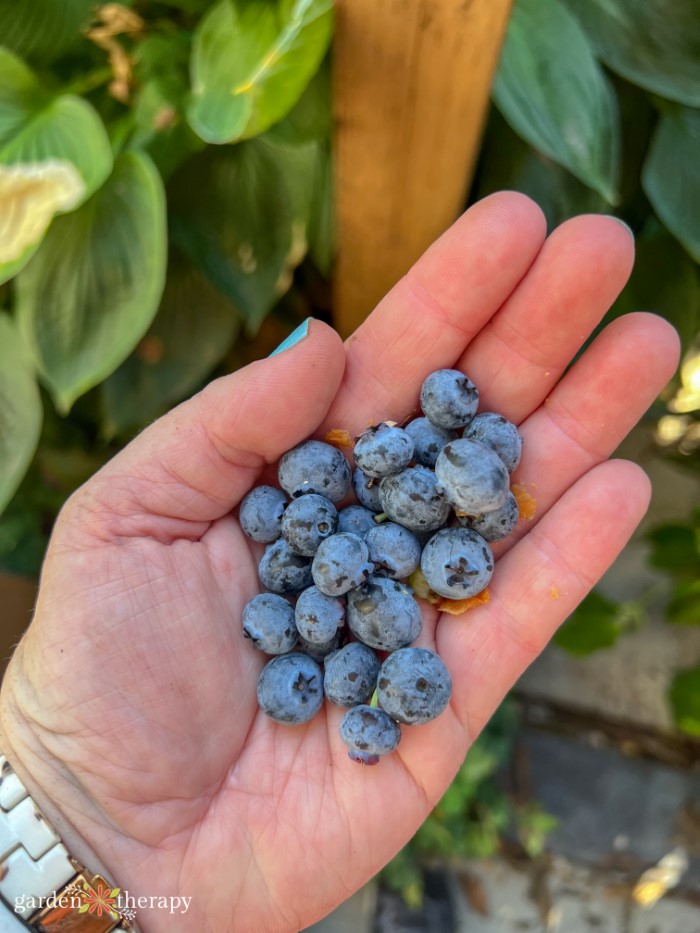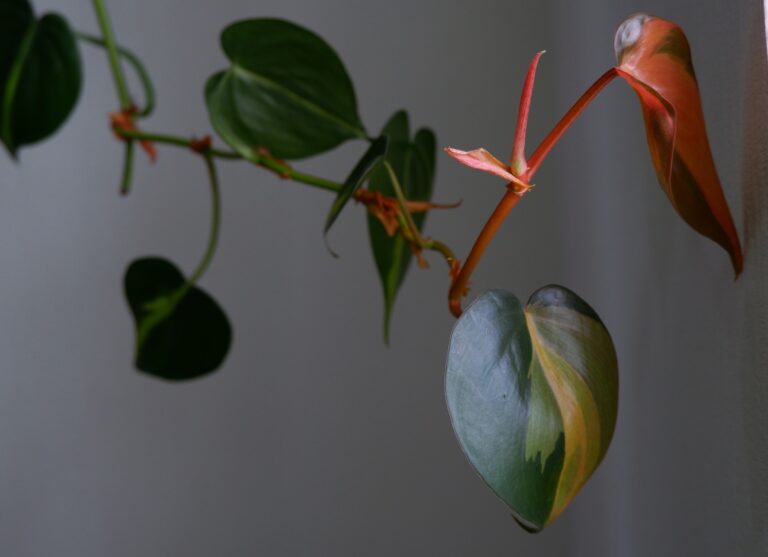Are Fuchsia Crops Perennials or Annuals?
Fuchsia is a genus of flora that develop upright, cascade, or creep. They show beautiful nodding or upward-facing, bell-like or tubular corollas, and upturned sepals.
Many have distinctive options like ruffled petals, and colourful filaments and anthers that protrude past the petals.
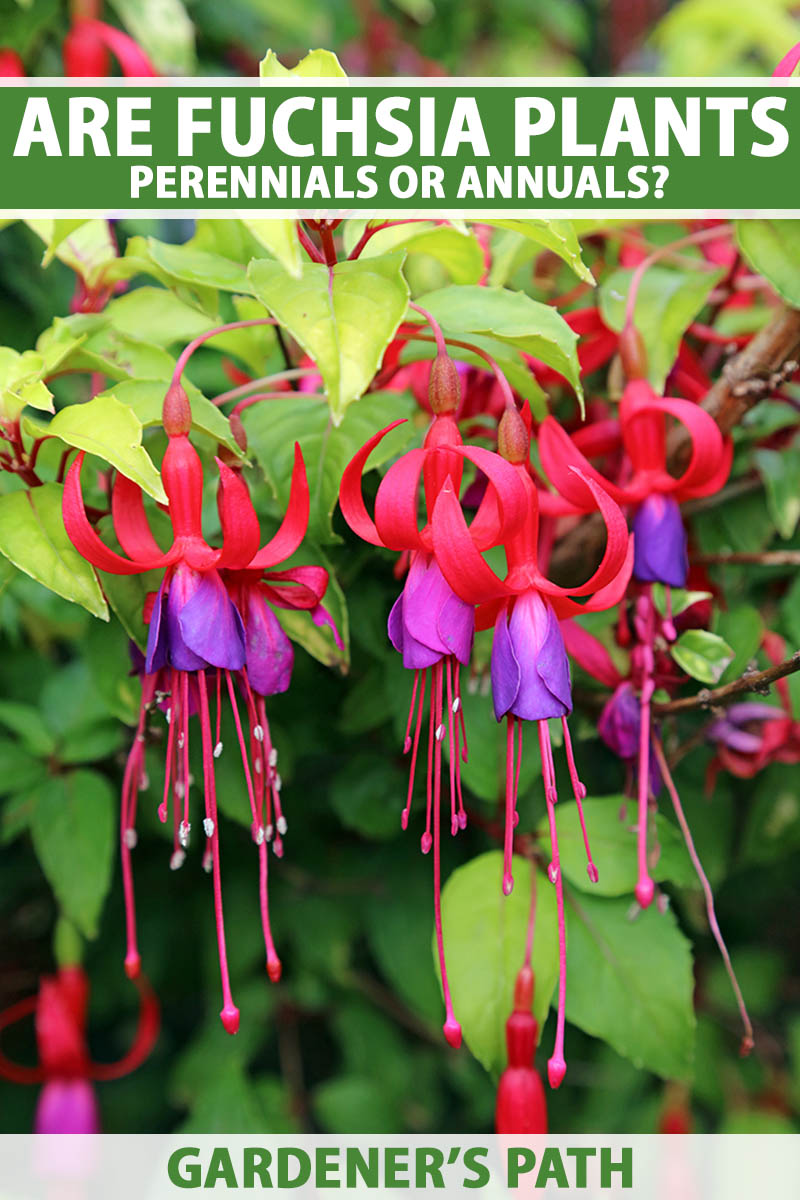
We hyperlink to distributors that will help you discover related merchandise. If you happen to purchase from certainly one of our hyperlinks, we could earn a fee.
An in depth collection of species and hybrid cultivars is out there to gardeners in USDA Hardiness Zones 6 to 12.
A broad coloration palette consists of blue, magenta, orange, pink, pink, violet, white, yellow, and bicolor mixtures that mild up containers and gardens from spring to frost.
The nectar-rich blossoms are notably engaging to hummingbirds.
Our fuchsia rising information discusses all you’ll want to know to plant and develop your individual within the backyard.
This information goals to find out whether or not fuchsia is an annual or perennial. Learn on to search out out!
Right here’s what we’ll cowl:
Let’s start.
Native Origins
Most sorts of fuchsia are endemic to South America, however some varieties are native to Central America, Mexico, and the South Pacific islands of New Zealand and Tahiti.
Rising situations differ from cool to tropical. A common rule of thumb is that orange and pink flowering varieties are extra warmth tolerant than these with blue and white blossoms.
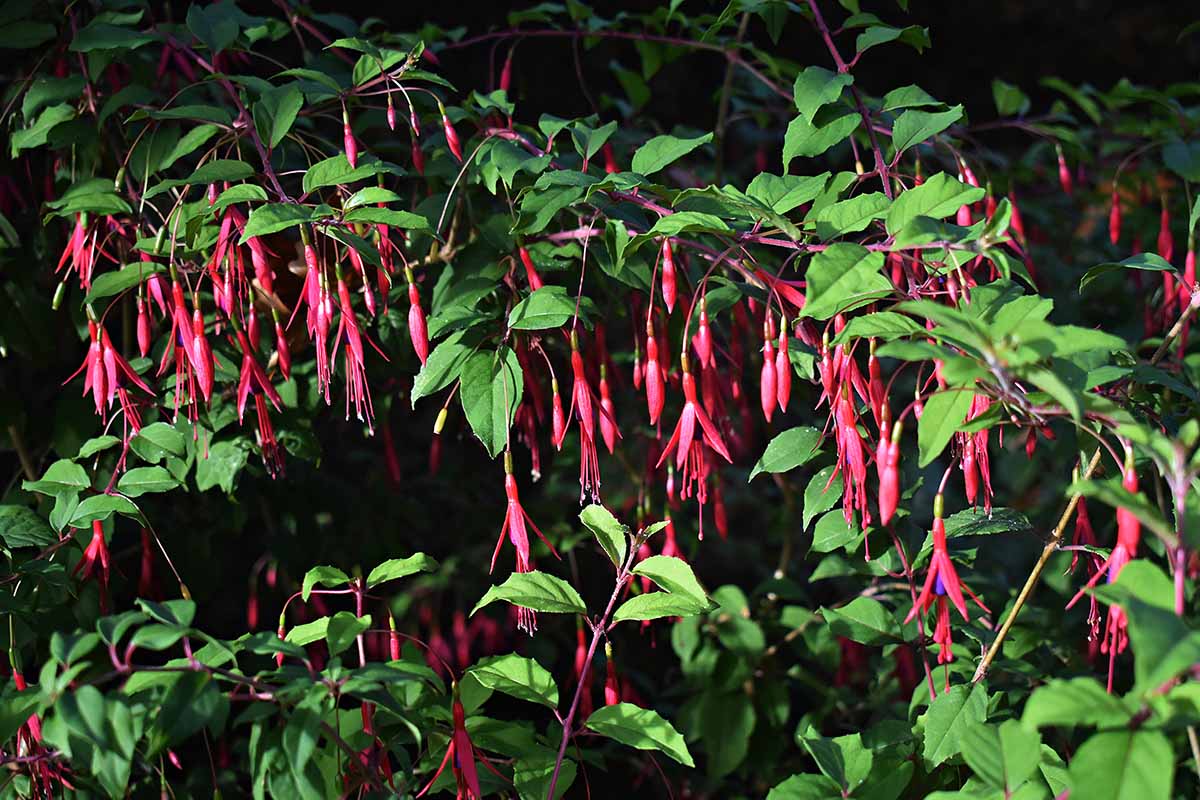
There are roughly 110 species subdivided into teams. The biggest group is Fuchsia.
As well as, there are 3,000 to five,000 identified cultivated varieties, together with the hybrids described under.
Annual or Perennial? Plant Life Cycles
A flora cycle could also be:
- Annual
- Biennial
- Perennial
Annuals germinate, develop, reproduce, and die in a single rising season.
We sow summer season annuals in late spring or early summer season. They mature by autumn and haven’t any tolerance for freezing temperatures or frost.
Marigolds and zinnias are examples.
And we plant winter annuals in late fall or early spring. These planted within the fall mature the next spring, and people sown in early spring mature by the autumn.
They tolerate chilly temperatures and lightweight frost.
Examples are bachelor’s button and larkspur.
A biennial requires two rising seasons to finish its life cycle. Throughout the first, it grows vegetatively, producing foliage.
Within the second, it enters the reproductive part, flowering and setting seed.
Alliums and hollyhocks are examples.
And at last, a perennial sprouts within the spring, dies down within the fall, and comes up once more within the spring.
Hardy varieties can face up to freezing temperatures and frost. Tender ones can’t, and these develop in hotter climates – or as annuals in cooler zones.
Asters and coneflowers are hardy.
Calla lilies and lemongrass are tender.
Longevity is one other perennial consideration.
Quick-lived hardy herbaceous perennials, like columbine and heuchera, develop for 3 to 5 years, whereas woody shrubs, like barberry, and timber, like yew, can develop for many years to centuries.
As with all flora, the life expectancy of fuchsia relies upon upon elements like plant high quality, local weather suitability, and care. I examine a girl who inherited her mom’s fuchsia plant and calculated the age to be about 24 years outdated. Wow!
Let’s have a look at three varieties and their rising zones subsequent.
Species and Cultivars
Three widespread sorts of fuchsia for the house backyard are hardy, hybrid, and ground-covering. Let’s discuss every.
Hardy fuchsia, F. magellanica, is a woody perennial with cascading branches suited to cultivation in Zones 6 to 9.
The foliage dies again with the primary arduous freeze, however regrows the following yr.
When no arduous freeze happens, gardeners prune the stems to the bottom at season’s finish, or in late winter or early spring the next yr.
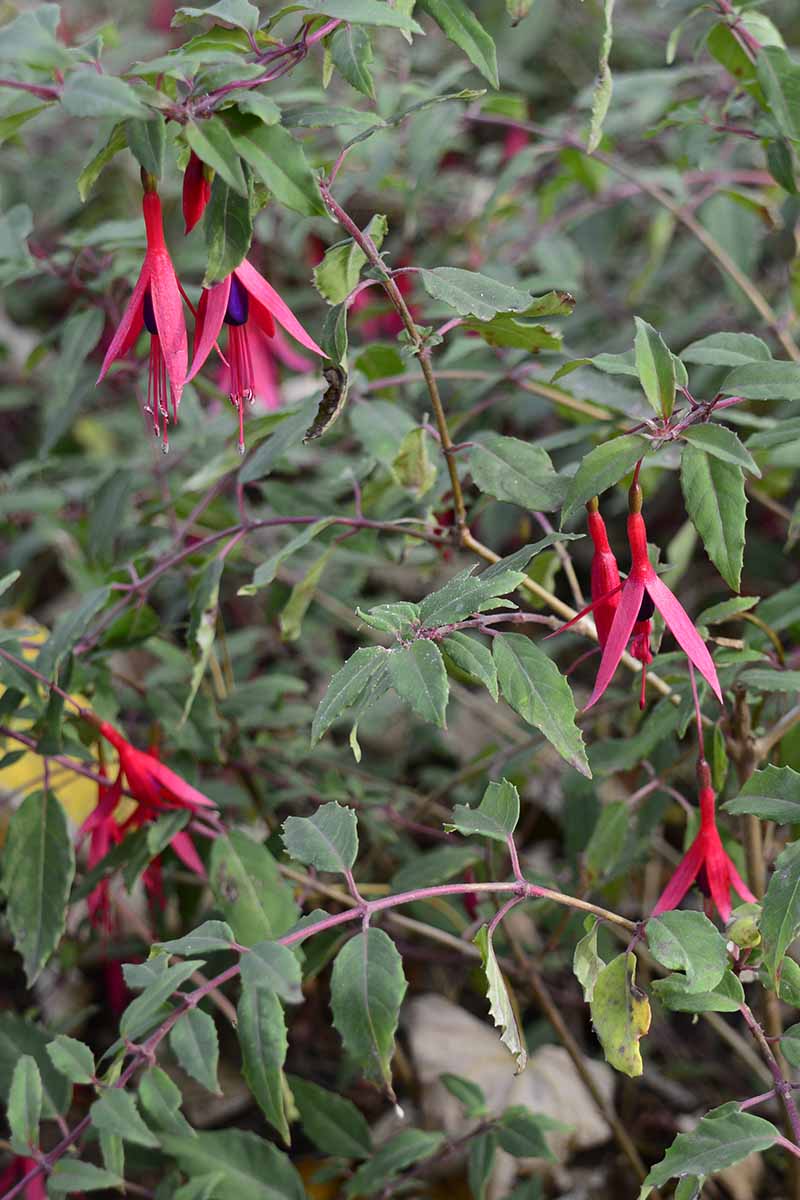
Elongated, tubular, magenta and pink flowers bloom from summer season by fall. Mature dimensions are 5 to 10 ft tall and large. The vegetation can tolerate filtered solar, full solar, and half shade.
Creeping, ground-covering fuchsia, F. procumbens, is a young perennial for Zones 8 to 11. It’s not chilly or frost tolerant.
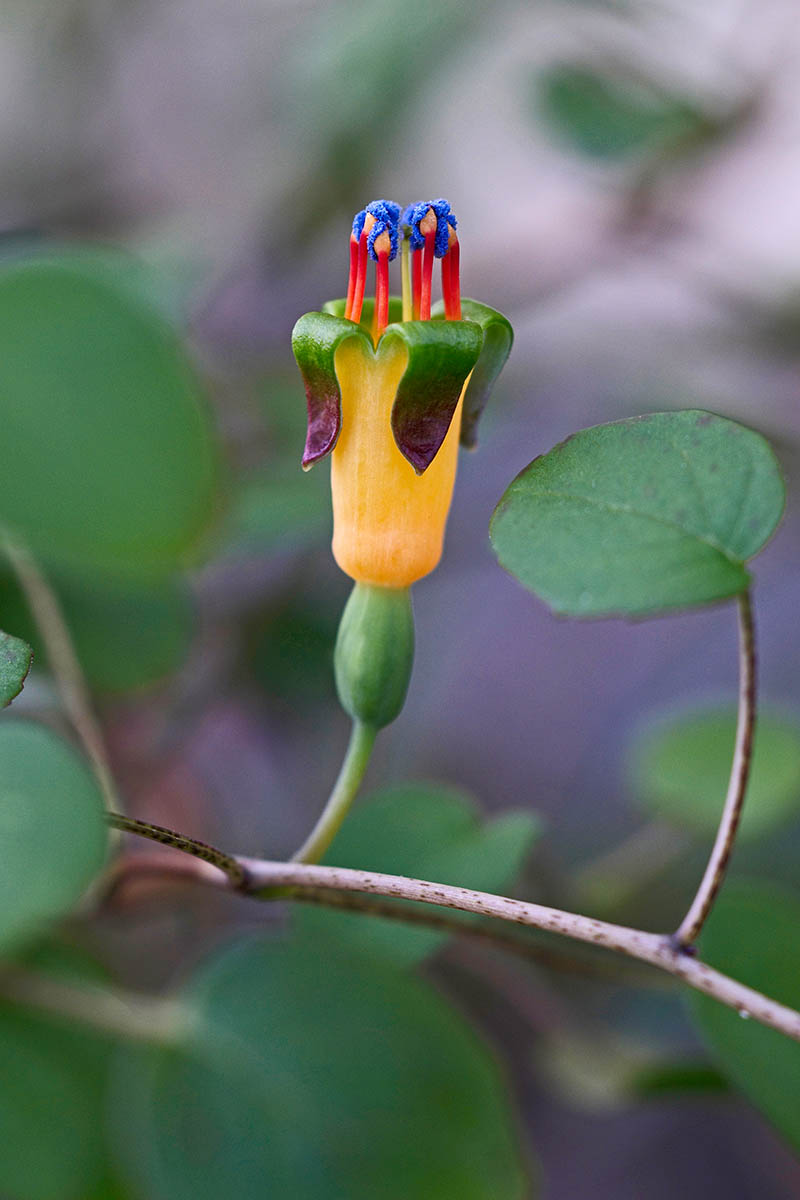
This species prefers full solar to half shade and blooms from summer season to fall.
Like tiny tropical birds, upward-facing blossoms show a rainbow of colours, together with yellow, magenta, inexperienced, blue, and pink.
Hybrid F. x hybrida, is a cross between hardy F. magellanica and three woody perennial species: scarlet, F. coccinea, sensible, F. fulgens, and tree fuchsia, F. arborescens. Hybridizing ends in a broad vary of colours.
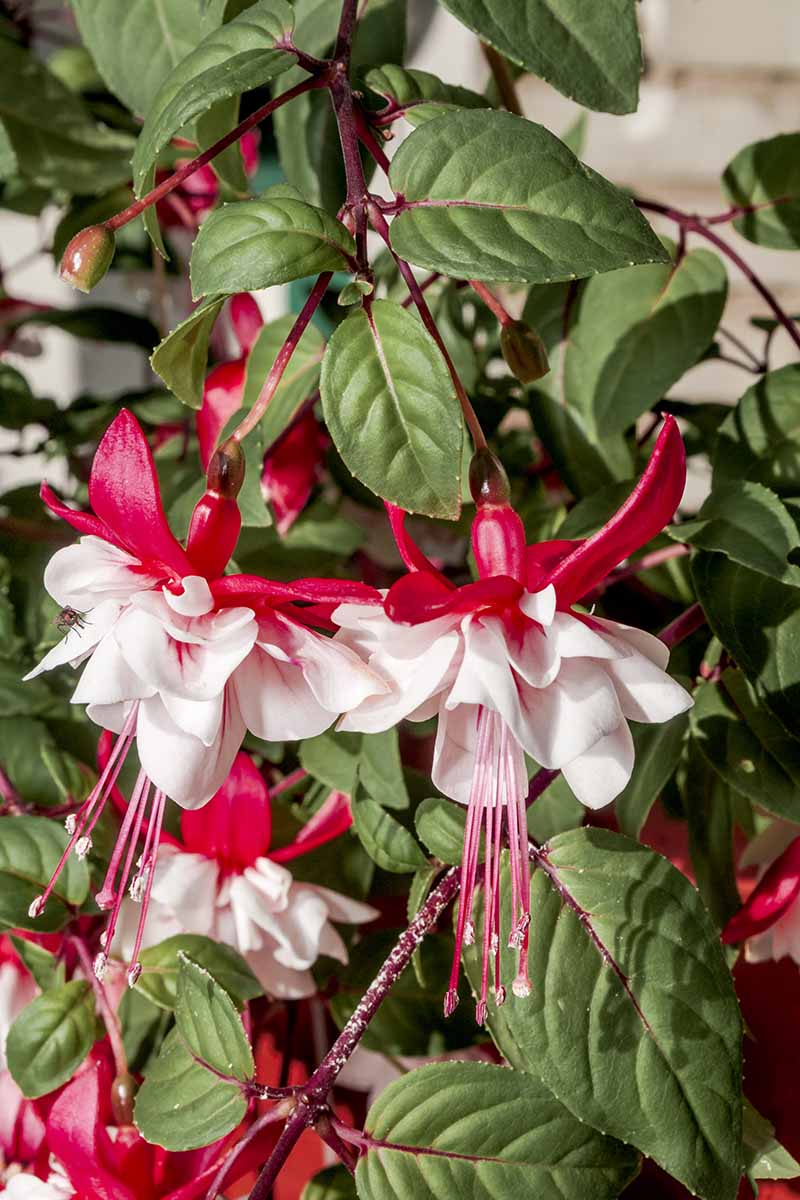
A hybrid sort is a young perennial in Zones 10 to 12, the place the temperature stays effectively above freezing and there’s no frost.
It blooms from summer season by fall and prefers full to half shade areas.
Within the remaining temperate zones, a hybrid grows as an annual that dies with the primary frost of autumn and is a well-liked container plant.
Mature dimensions are 18 to 36 inches tall and 12 to 24 inches large.
As a result of it’s a hybrid, the seeds don’t produce replicas of the mum or dad from which they got here. Harvested seeds are prone to produce totally different traits and qualities.
To increase the lifetime of a hybrid grown as an annual, convey a pot indoors for the winter, or take stem cuttings at season’s finish to root in water indoors.
Drawing Conclusions
We got down to uncover whether or not fuchsia is an annual or perennial.
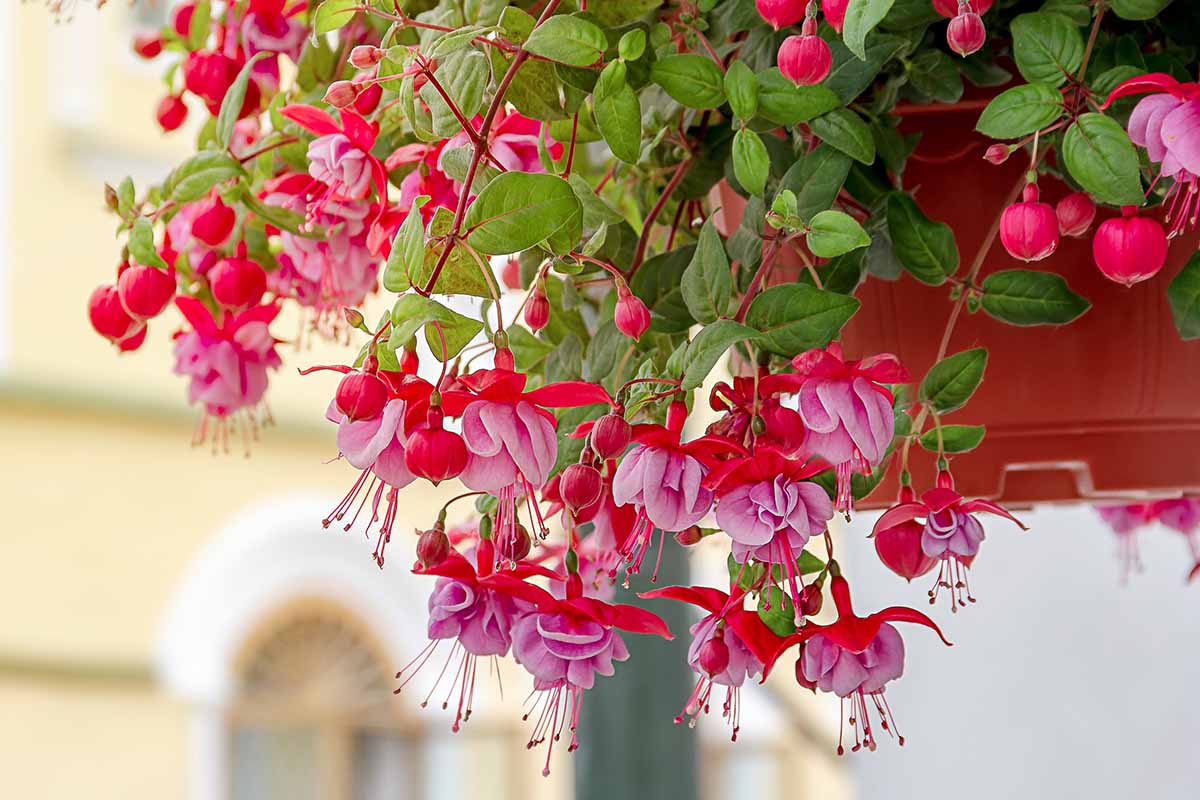
Let’s recap what we’ve discovered:
There are about 110 native species and 1000’s of cultivars. Some choose cool temperatures, and others are tropical.
We mentioned annual, biennial, and perennial life cycles earlier than describing three instance species, one a hybrid.
Cool-weather, hardy F. magellanica is perennial and returns yearly in Zones 6 to 9. It’s massive and shrubby, and dies to the bottom at season’s finish.
Floor-covering F. procumbens is a young perennial in Zones 8 to 11, the place frost doesn’t pose a menace.
Hybrid F. x hybrida is a young perennial in Zones 10 to 12, the place there isn’t any frost, and an annual elsewhere. In cool areas, taking a container plant indoors for the winter is a life-extending possibility.
And now, our reply is obvious:
All fuchsia is perennial in its frost-free native habitat. However right here in the US, it could be a hardy or tender perennial, or an annual with the choice of wintering indoors, relying upon the kind and rising zone.
Are you able to get pleasure from fuchsia in your outside residing house from summer season to fall? Add it to your backyard planner at this time!
Are you rising these vegetation? Inform us about your expertise within the feedback part under.
If you happen to discovered this information informative and wish to be taught extra about fuchsia, we suggest the next:

